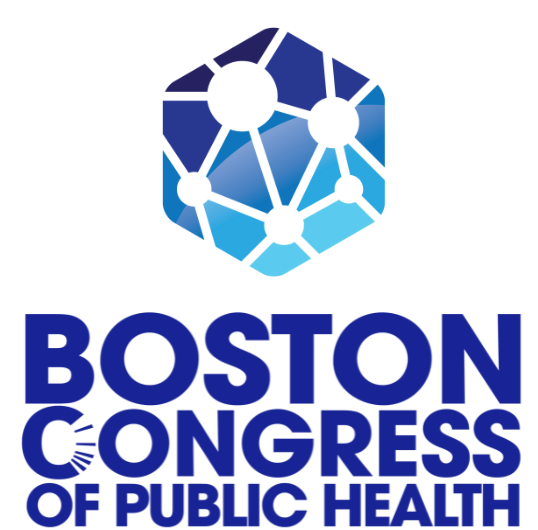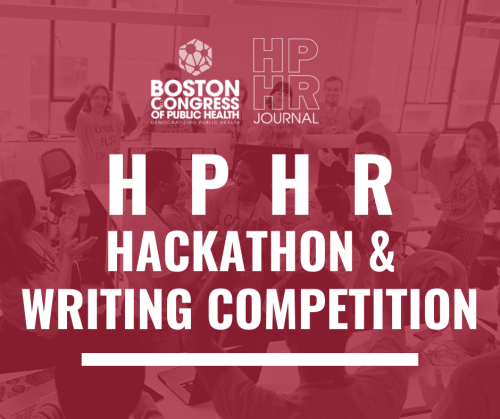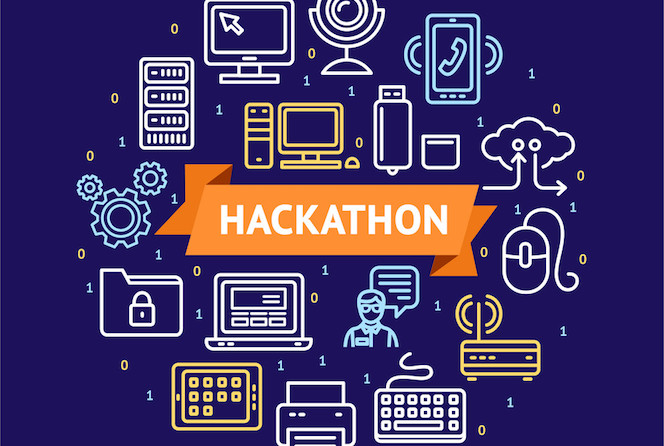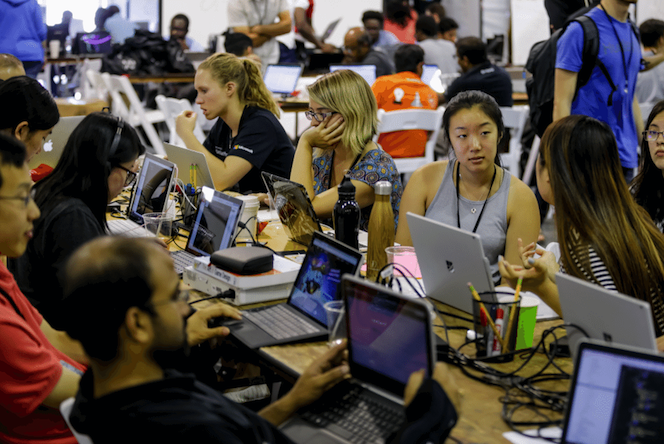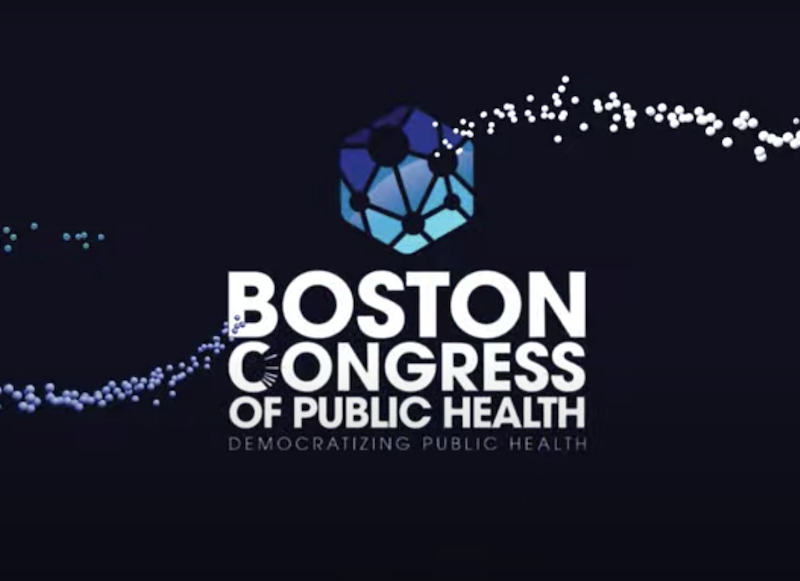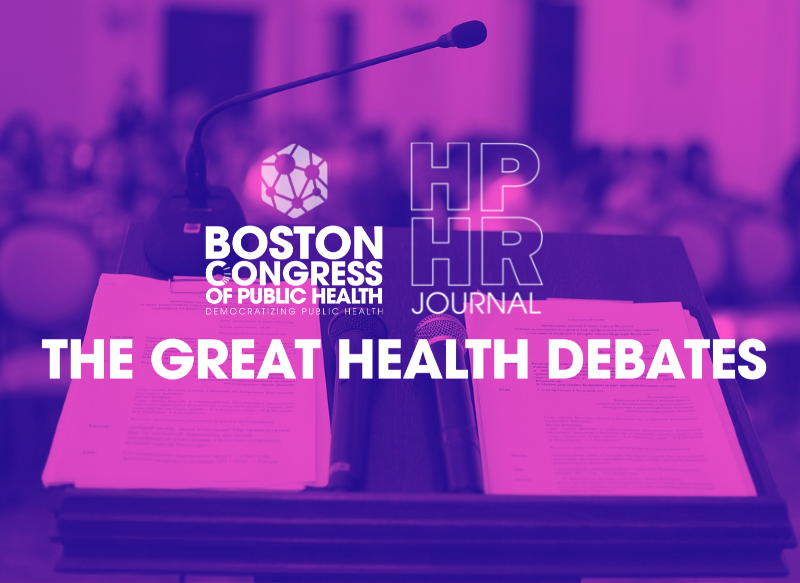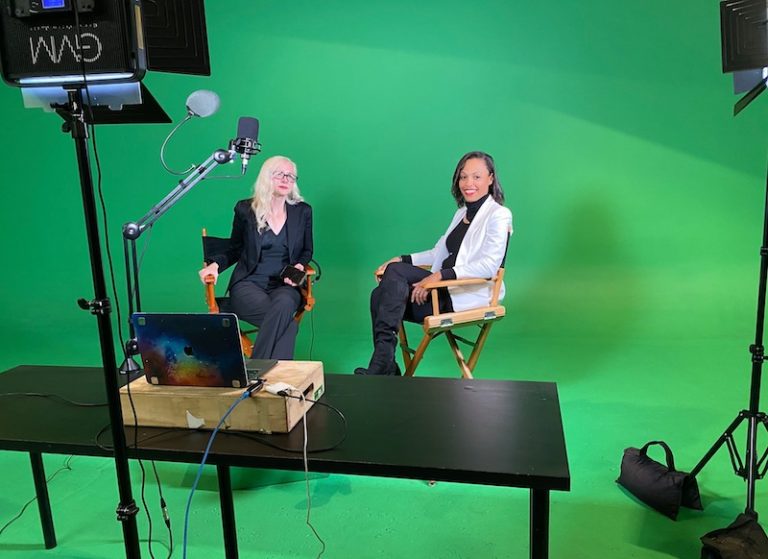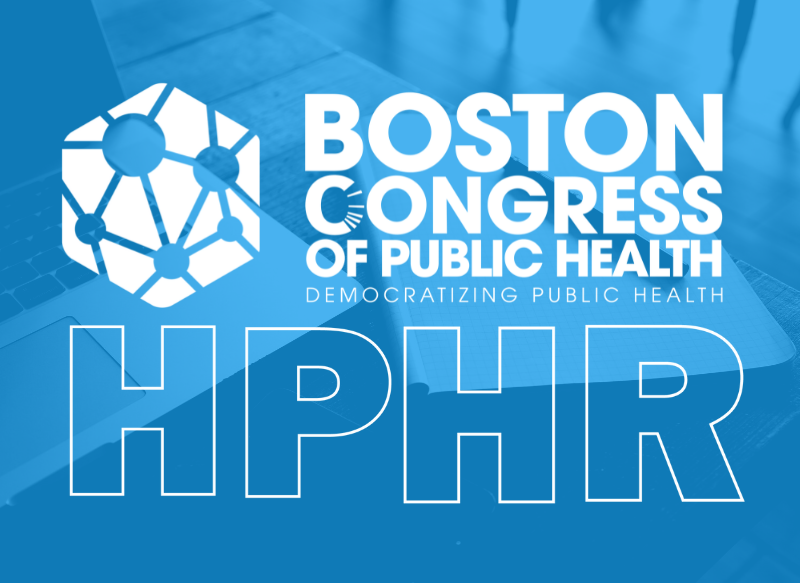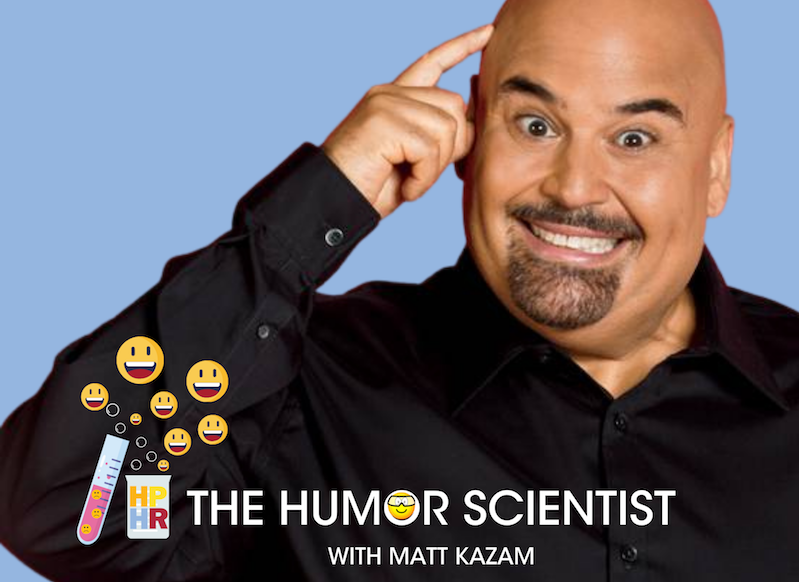The Boston Congress of Public Health believes in the power of community, diversity, and synergy. The HPHR Hackathon is designed to ignite that power. We’re helping to illuminate obscure and underappreciated public health issues, amplify underserved voices and perspectives, and shatter the echo chamber within public health.
The HPHR Hackathon is a 4-day virtual event, being held February 17-20, 2022, that aims to bring together researchers, advocates, health professionals, and students from across the globe in the arenas of public health, behavioural science, medicine, advocacy, and more. The Hackathon is designed to create diverse “hacking” teams to address local or global public health PROBLEMS and pitch creative SOLUTIONS. This will be accomplished in the form of ARTICLES or PHOTO ESSAYS in one or more of the following areas:
- COVID-19
- Maternal and Child Health,
- Surgery & public health,
- Vulnerable communities (LGBTQ, disabilities, refugees, immigrants, etc.), and
- Environmental Health and Justice
HPHR Hackathon Winners will be awarded categorical prizes, including certificates, and the opportunity to publish their winning submission(s) for FREE within the HPHR Journal.
